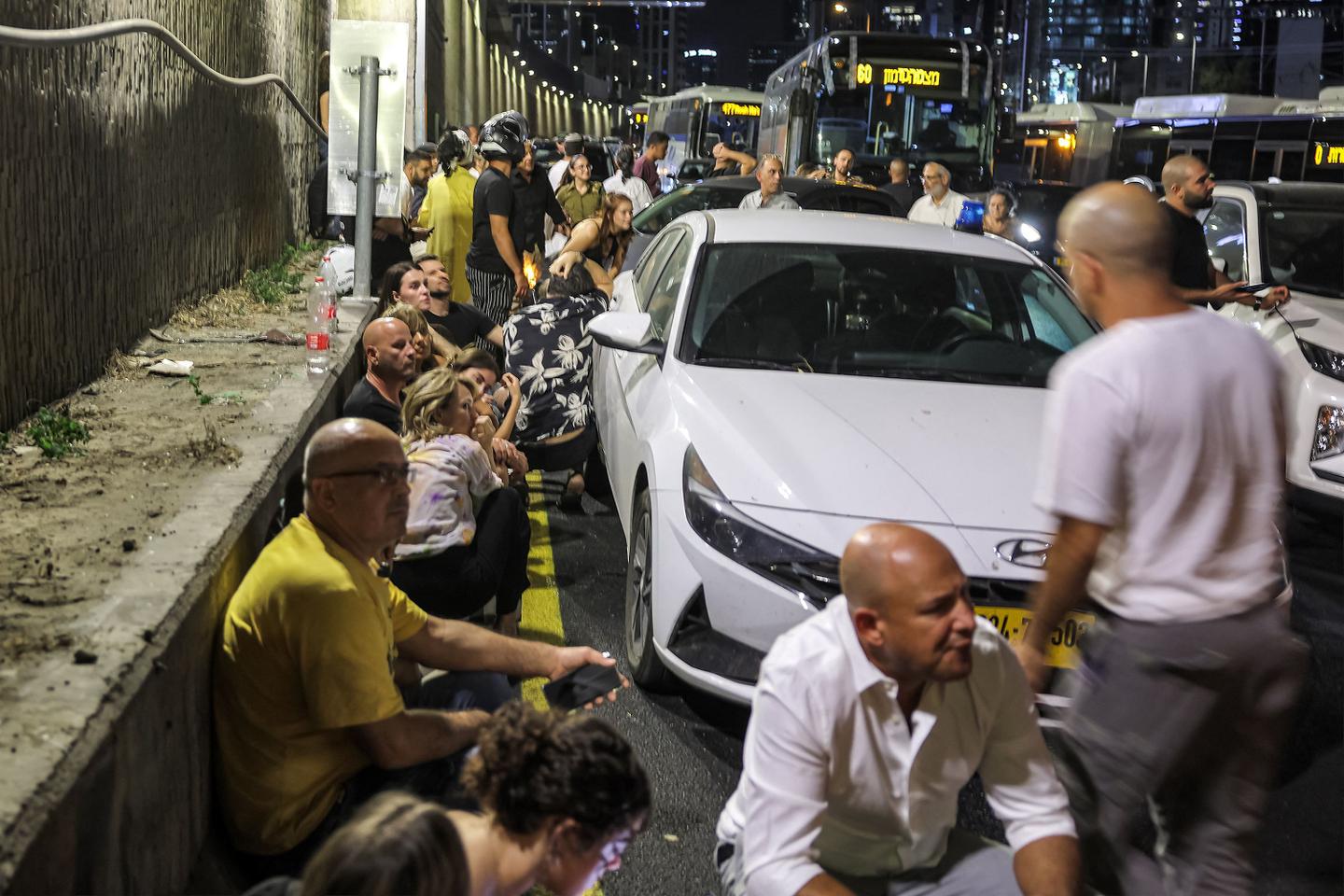


On the defensive, its alliances shaken, its credibility as a regional power diminished by Israeli offensives, the Islamic Republic of Iran had to react. At least, that was the "reasoning" of the ruling group in Tehran, the grouping of clerical and military figures (Shiite clergy and Revolutionary Guards) united in bellicose rhetoric against Israel and the US. Thus, the Iranian-Israeli war has taken another step forward.
Experts have yet to determine whether the barrage of some 200 missiles fired at the Tel Aviv region on the evening of Tuesday, October 1 had been "telegraphed" or not. The Reuters news agency suggests that the Iranians warned Moscow and Washington of the attack, as they did on April 13 before a similar retaliation to an Israeli assault on the Iranian consulate in Syria. And this time too, Israel's missile shield seems to have done its job, intercepting most of the projectiles.
But there remains the reality that is shaping a new strategic dynamic in the Middle East: Iran is risking direct confrontation with Israel. Both of the region's great military powers are entering a downward spiral of violence with no end in sight. For Benjamin Netanyahu's government has promised to "respond to the retaliation," and Joe Biden's administration to help it do so. Therefore the missiles may not be done flying just yet.
Devastating conflict
One of the keys to the current confrontation lies in the history of the Islamic Republic. The blows the Iranians have been taking for the past 12 months are threatening their defense system. With Hezbollah (Party of God) in decline, they are witnessing the collapse of one of the pillars of their security environment. They find themselves trapped in the network of regional alliances they developed to protect the regime, promote its interests and establish its dominance in the Middle East. Iranian strategists are caught in the very web that they wove. The Middle East teeters between one strategic counterweight and another, as yet unknown.
To take stock of events, we need to go back to the beginnings of Iran's theocracy. The devastating conflict between Saddam Hussein's Iraq and the fledgling Islamic Republic (1980-1988) shaped the latter's character. Hundreds of thousands of young people died in the war. The new regime recognized its vulnerability and isolation. In the aftermath of the battle − which ended with each of the belligerents returning to their borders − the Iranian theocracy forged its defense doctrine.
In using poison gas, Baghdad had wasted no time in resorting to a weapon of mass destruction. Tehran reacted by relaunching a nuclear program initiated by the deposed Pahlavi dynasty, but halted by the Islamic Revolution. At the same time, the mullahs' regime acquired an arsenal of ever more sophisticated missiles.
You have 48.51% of this article left to read. The rest is for subscribers only.
